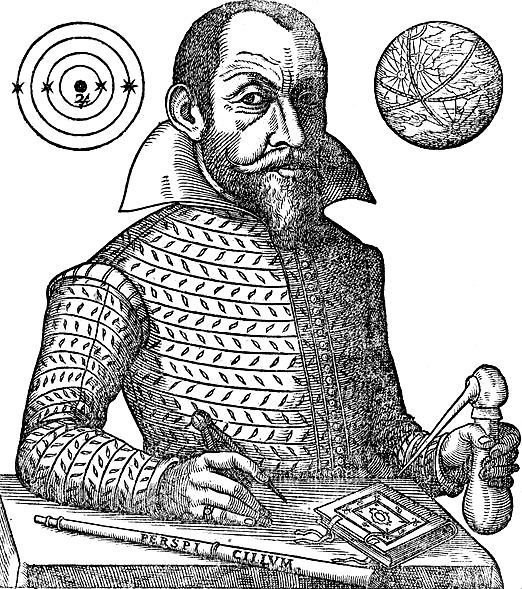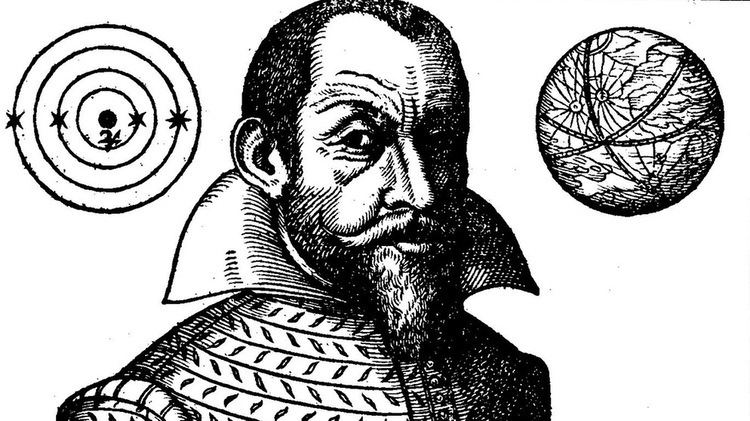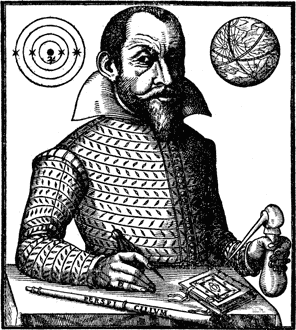Role Astronomer Nationality German | Name Simon Marius | |
 | ||
Died January 5, 1625, Ansbach, Germany | ||
Simon Marius
Simon Marius (Latinized from German Simon Mayr; January 20, 1573 – January 5, 1625) was a German astronomer. He was born in Gunzenhausen, near Nuremberg, but he spent most of his life in the city of Ansbach.
Contents

In 1614 Marius published his work Mundus Iovialis describing the planet Jupiter and its moons. Here he claimed to have discovered the planet's four major moons some days before Galileo Galilei. This led to a dispute with Galileo, who in Il Saggiatore in 1623 accused Marius of plagiarism. However, a jury in The Netherlands in 1903 examined the evidence extensively and ruled in favor of Marius's independent discoveries, with results published by Bosscha in 1907. Apparently Marius discovered the moons independently, but started keeping notes one day later than Galileo, when Marius's date in the Julian calendar is increased by 10 days to convert to the Gregorian calendar used by Galileo.

Regardless of priority, the mythological names by which these satellites are known today (Io, Europa, Ganymede and Callisto) are those given them by Marius:

Simon Marius also observed the Andromeda "nebula", which had also been known to Arab astronomers of the Middle Ages. Discussion of Marius's work is scarce, but what exists tends to note his skill as an observer, including:

Marius drew conclusions about the structure of the universe from his observations of the Jovian moons and the stellar disks. The stellar disks he observed were spurious (likely the Airy disk caused by diffraction, as stars are too distant for their physical disks to be detected telescopically), but Marius interpreted them to be physical disks, like the planetary disks visible through a telescope. He concluded that since he could see stellar disks, the stars could not be as distant as was required in the Copernican world system, and he said that the appearance of the stars as seen through a telescope actually argued against Copernicus. He also concluded from his observations of the Jovian moons that they must orbit Jupiter while Jupiter orbits the Sun. Therefore, Marius concluded that the geocentric Tychonic system, in which the planets circle the Sun while the Sun circles the Earth, must be the correct world system, or model of the universe.

Simon Marius
Work

